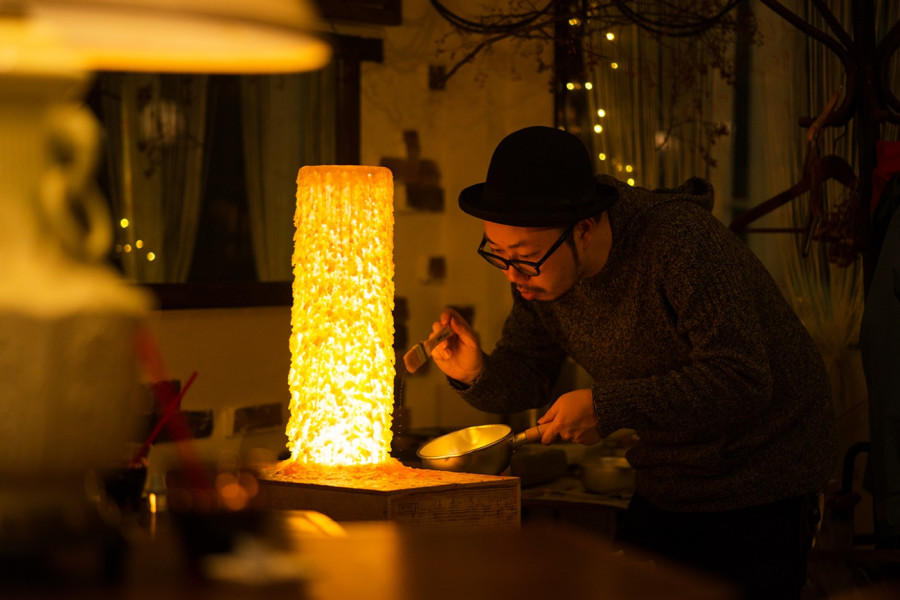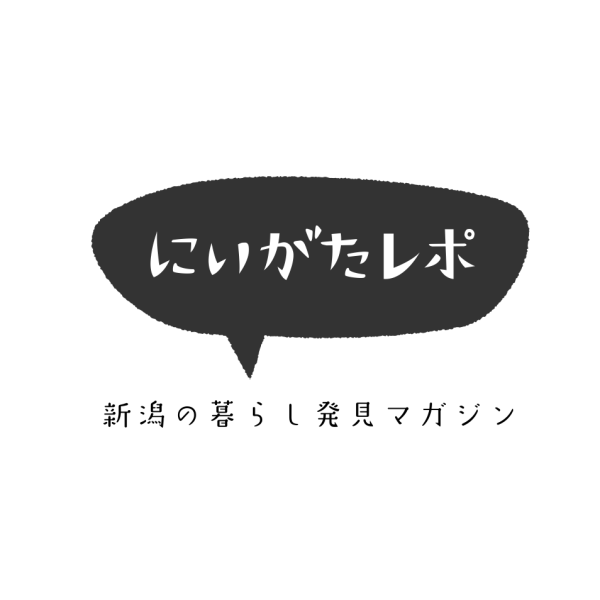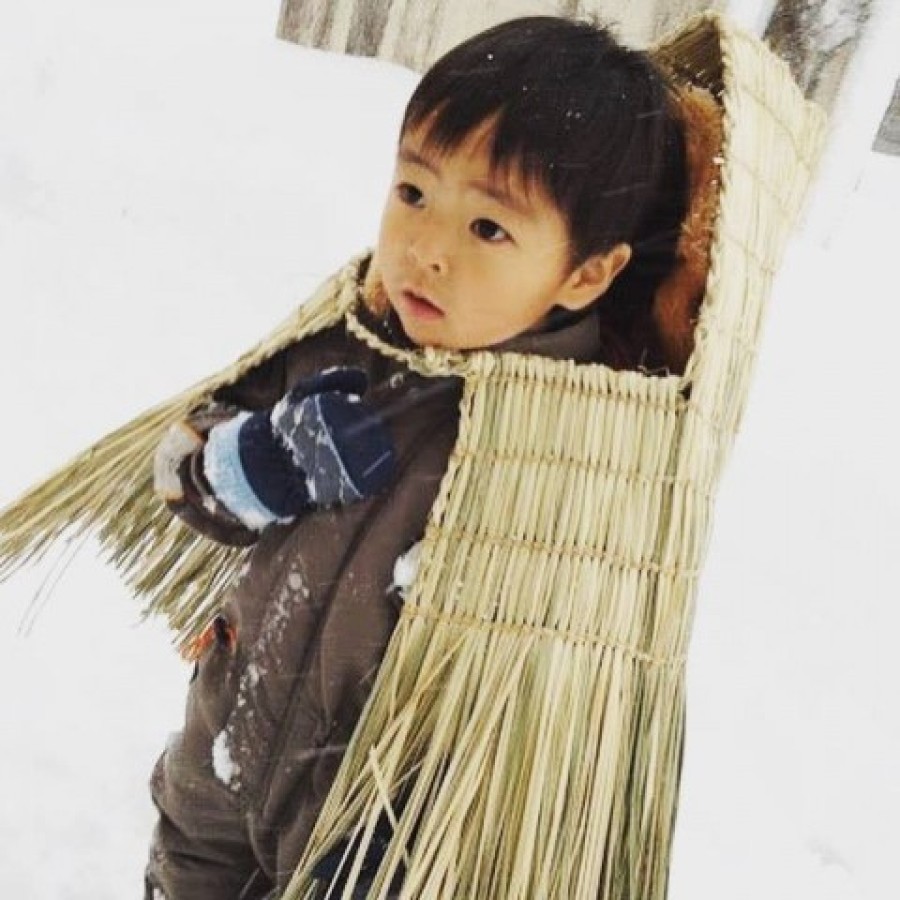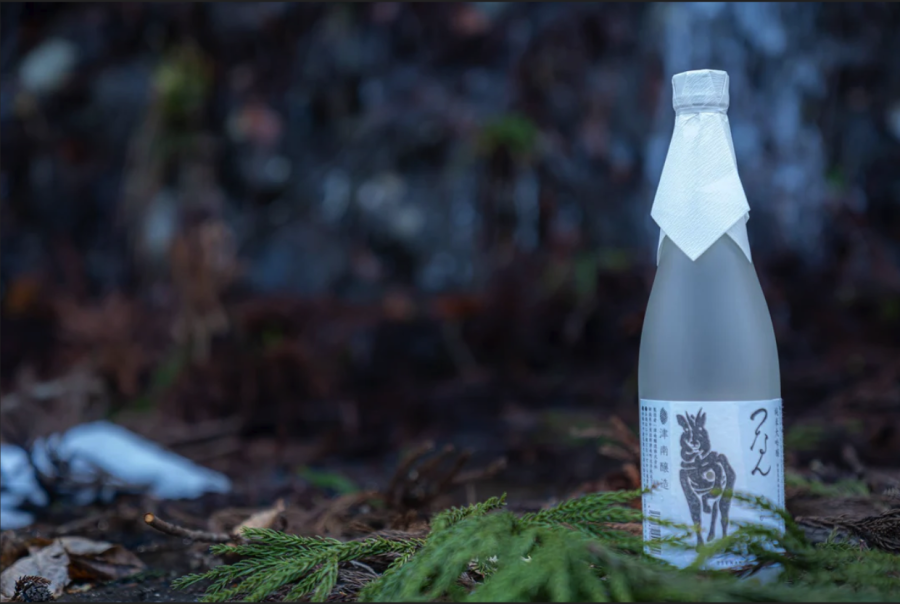drip object
One café, near Nagaoka Station.
The object placed at its entrance is reminiscent of the trunk of a single tree.
The irregular marble colours of green, orange, red and other coloured wax drops are layered on top of each other, like annual rings.
Baba tugs at the cord extending from underneath the object and switches it on with a click.
Then the light shines inside the object, and the marbled tree trunks seem to come to life. A couple who happened to be there involuntarily cheered and looked at each other with smiles on their faces.
Baba-san looks at the scene with a gentle gaze and a very warm air fills the spaceーー.
Kazuki Baba, a candle artist working under the name Hand made candle TAiMU.
Handmade candles are produced, sold and used in restaurants and beauty salons.
On this day, he is also in the process of making candles commissioned by the owner of the EU Café, a casual dining restaurant in Nagaoka City. A simple outdoor table and cassette stove are quickly set up in a space about three tatami mats wide at the entrance to the restaurant, and wax kneaded with special dyes is melted in a pan.
The shop is instantly enveloped in the sweet smell of candles, and Baba's work begins. Normally, Baba uses a technique called 'dripping', in which he drips a little bit of wax onto a brush, but on this day, he blows drops of wax onto the brush by flicking the tip of the brush.
'We change the technique and the colour scheme of the candles to suit the taste of the shop. I feel the personality of the owner here is very sensitive, so this time I adopted a technique that allows for more intricate patterns."
Dozens of different colours of wax are prepared, each with a slightly different tone. Baba selects one colour of wax from among them and sprays drops onto the object little by little.
It is a patient process. And of course, a sense of colour is also required.
There are many different ways of expressing this, such as daring to use an uneven colour scheme or accenting with highly saturated colours. The colour of the wax changes after it dries, so the work is done while anticipating this to some extent.
'I often get inspiration from casual verbal exchanges with the owners. For example, talking about the seasons. 'Let's try to use spring-like colours. From there, I develop an image for the candles."
Why did Baba start making these candles?
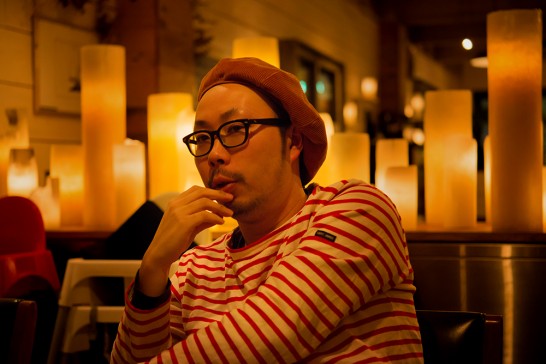
Alpine skiing and candles
Baba started alpine skiing when he was in primary school under the influence of his parents.
He became so involved in the world of skiing that he used to go skiing 150 days a year.
Parallel to this, she has liked making things since that time.
'I was a kid who liked to make things with my hands, like accessories and sundries. And I happened to have a ski tuning room at home, where I melted ski wax in the off-season and played with it when I was in upper primary school.
Maybe we were blessed when it came to candle-making."
A boy who liked making things, he found candle-making the most interesting of all.
'The first thing they did was melt used candles from home and pour them into paper cups and milk cartons to make the shape.
However, it did not go well. For example, when I poured wax into a cup, only the middle of the cup was dented, or when I tried adding blue wax after solidifying red wax to make a border-like pattern, for some reason it turned out a colour I didn't understand, like a mouse colour (laughs).
The shape or colour I have in mind is not created as I want it to be. 'Why is that?' and then try a different method.
The candle seemed to constantly arouse the curiosity of the Baba boys.
'There was no internet like there is now, and candle making itself was less common than it is now. There was no information available, so I had to think for myself and just go through the process of trial and error."
Such a boy devoted to candle-making also graduated from high school and moved to Tokyo to enrol in a university in Tokyo. While still in school, he consistently returned to Nagaoka and worked steadily on his work in his usual tuning room.
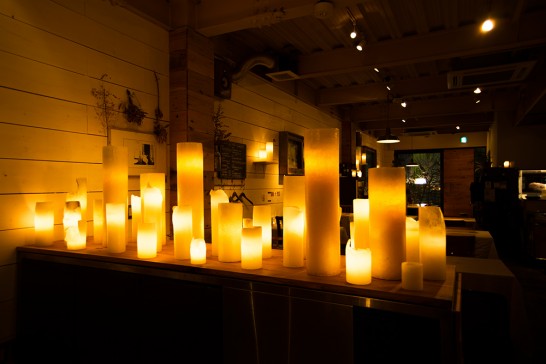
Everyday life taken away, concepts changed.
In the autumn of 2004, just before his graduation from university, Baba happened to be back home in Nagaoka when an unexpected event occurred: at 17:56 on 23 October, the Niigata Chuetsu Earthquake struck. The earthquake, which had a maximum intensity of 6 on the Japanese scale, took away the lifelines of Baba's birthplace. Electricity, gas and water supply were cut off and even the lights could not be switched on. The family had to huddle together in such a situation.
Baba then came up with the idea of lighting candles he had made in the past in order to obtain light.
'It was an event that changed my concept of candles.
I also asked people in the neighbourhood who also wanted to use my candles. They were very happy and people gathered there.
And I found that looking at the candlelight in the dark was calming in such an emergency situation.
I was reminded that candles have a primitive function as lighting and provide additional comfort.
From there, the perception of the product as an 'object or interior' changed to the idea of it as a 'necessity of life'."
Furthermore, the disaster, which changed the way he thought about candles, seems to have made a big difference to his future.
Baba, who had already graduated from university and received a job offer from a company in Tokyo, decided to remain in Nagaoka for six months until graduation, prioritising spending time with his parents until the disaster calmed down.
Electricity, gas and water were gradually restored and life gradually returned to normal. In contrast to an environment where electricity is used to provide light, I and the people around me are returning to a sense of taking it for granted, as before.
He felt a strong sense of human crisis there.
'There's actually nothing that's taken for granted, is there? That's what I've come to believe."
For Japanese people today, electricity is something they take for granted. However, the experience is that it could be lost at any time.
The gratitude for being able to live comfortably day after day, and the peace of mind that a lighted fire gave them. And above all, the fact that people gathered around a single candle. This unique experience in Nagaoka made me think deeply about my own future.
Then a thought fills my mind.
'I want to be rooted in this city and make candles as a necessity in our lives.'
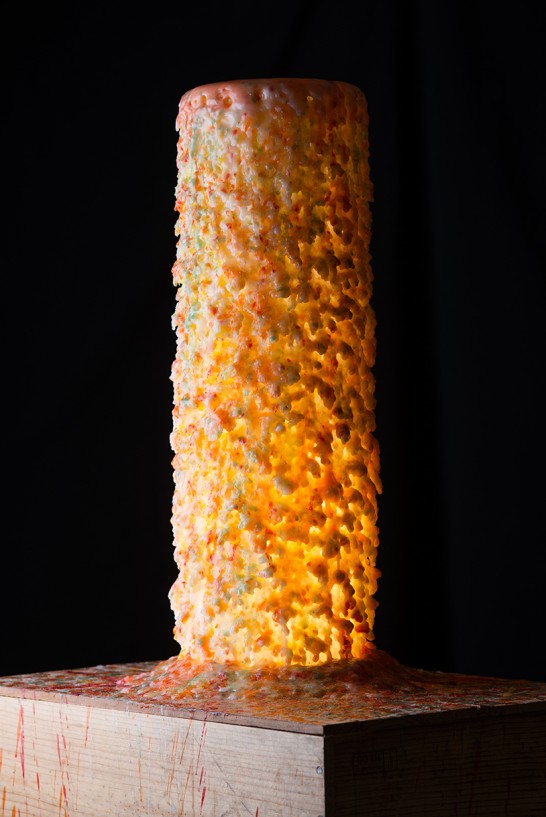
Where to ask the question again
Baba also runs various workshops using candles.
One of these is the 'layered candle' production experience.
The candles are prepared in about 50 different colours, from which participants can choose 20 colours of their choice and then stack them. The stacked candles are dipped into a pot of wax and coated on the outside to create a single original candle.
I prepare the candles and other materials to a certain extent, but I let the participants, mainly children, do the work of choosing the colours, which is left to their senses.
Even so, it is not always possible to produce a single, clean candle. Often the shape is distorted.
But along with the fun and difficulty of making things there, I feel it is important for people to think "Why didn't it work?" I feel it's important for people to think, "Why didn't it work?"
Baba's childhood curiosity of "Why?" Baba wants to convey the importance of this curiosity. Baba wants to convey the importance of this curiosity.
'Nowadays you can get any information you want online. But there are so many things that you can't understand without actually experiencing them. I think candle-making is one of them, and I hope that through candles we will be able to rethink the way we live our daily lives."
Of course, candles also have a function as lighting, but they also give us time to reflect on the things we take for granted in our lives. Looking at the lighted candles, they evoke pure emotions that are not usually expressed, and this is where the 'peace of mind' is born.
Candles that give you such time in your daily life are a true 'necessity of life'.
What kind of activities does Baba want to pursue in the future?
'First of all, I want to brush up on my candle-making so that I can work out my own expression.
In terms of direction, I want to do something that brings back 'humanity'. How can we restore 'humanity' through the primitive object of fire?
I would like to come up with staging and events on such themes. To do all those things, it is perhaps necessary to have my own space.
Not simply a place to sell candles, but a space where you can transmit your message on a daily basis. What do we do with fire? What do we do with candles? It could be, for example, a space like a café where candles are lit and people can gather, interact and communicate in the light of the candles.
I hope we can totalise and work in those spaces."
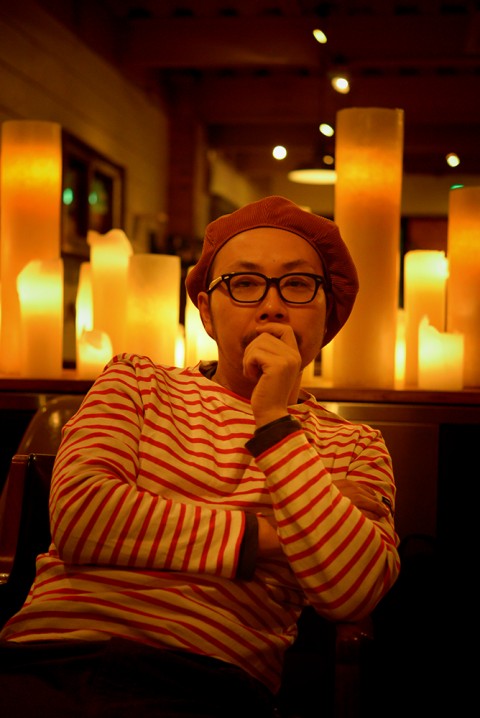
[Profile.
Full name: Kazuki Baba
Occupation: Candle Writer
勤務先:Hand made candle TAiMU
Blog:http://hmctaimu.exblog.jp/
Main activities.
Spatial direction.
Drip object production
Workshop (KASANE candle)
advertisement


